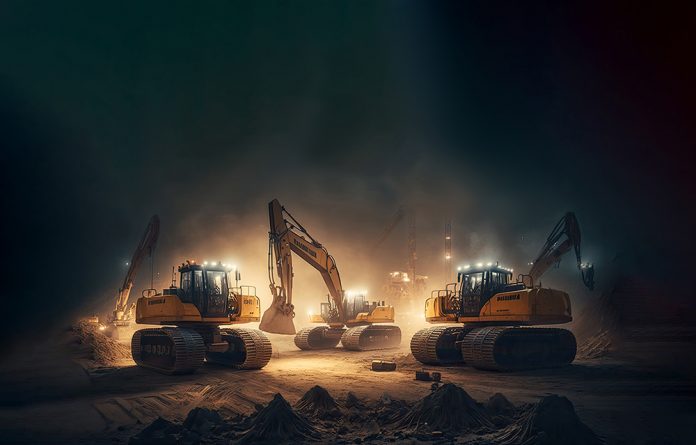Chris Clarke, director at public sector procurement authority SCAPE, says the construction industry needs to think differently about concrete.
After water, concrete is the most widely used substance on the planet. Were it a country, concrete would be the world’s third largest emitter of CO2, only behind the USA and China.
So, as the UK government’s target of meeting net zero by 2050 comes into ever sharper focus, tough decisions will need to be made around our use of concrete – particularly within the built environment, which currently accounts for 40% of the UK’s carbon emissions.
There is reason why concrete has prevailed as one of our most important building materials. It’s incredibly strong, readily available and – importantly in an inflationary environment – cost-efficient. But we cannot ignore the fact that cementitious concrete, used alongside steel reinforcement, is one of the most substantial sources of carbon in our sector.
As we focus more on whole-life performance of our buildings, both in terms of financial input and carbon output, the use of well-specified and manufactured concrete products has to be a key consideration.
Science into new building materials is progressing quickly. For example, there is a great deal of research looking at lower carbon replacements for cement in concrete products, or materials called carbon sinks, which sequester carbon in the long-term. But these solutions are yet to reach commercial effectiveness and availability on our sites.
There are also some highly innovative alternatives to steel-reinforced concrete appearing, with graphene fibres being used instead. Again, this technology is only just reaching the market.
So, how can we reduce our immediate dependency on concrete?
Making a commitment for the future
A useful first step is to show support for the new industrial transition. Both contractors and clients can do this in two really simple ways.
First is by signing up to the Construction Leadership Council’s Carbon Reduction Code. This is a free initiative and shows commitment towards science-based, industry-wide action to decarbonise the built environment. At SCAPE, we’re proud to be the first construction framework operator to achieve champion status of the code.
Second, and to move towards being a Carbon Code champion, local authorities and firms can reference the ConcreteZero scheme during project procurement, sees them back a global initiative which promotes and supports the specific transition towards low carbon concretes.
But even without committing to ConcreteZero, consideration of what materials might be used for any project must happen as soon as possible. Early engagement between designers, contractors and, importantly, suppliers of materials is the most effective way to identify opportunities to reduce the use of carbon-intensive materials, including concrete.
Often, simple design adjustments to limit the amount of structural steel and concrete can reduce the carbon footprint substantially. Part of this design process must involve using digital tools to identify the up-front and whole-life carbon emissions of the design, alongside how best to maximise value for money.
At SCAPE, we have been working on an innovative R&D programme called Circular Twin, which involves digitally redesigning public buildings by prioritising project decisions based on whole life carbon emissions rather than cost. Not only did our school redesign reveal a 67% reduction in whole-life carbon, but it also proved to save the school money in the long-run. Within six years, the increase in up-front outlay would have paid for itself via savings from increased energy efficiency.
With enough planning and consideration of a building’s lifespan, the budgetary debate regarding using more sustainable materials need not exist.
Using concrete better
Replacing concrete will not always be possible, but it can be used more sustainably. One thing that can be considered is making sure the grade of concrete matches up to its use. The high-grade, high-cement concretes used for most structural applications is the most widely produced and therefore the cheapest form of concrete. But this means that the strongest – and least sustainable – forms of concrete are often used where they’re not needed.
Blinding is a good case in point. The process involves pouring a thin layer of concrete over the foundations to seal in underlying material and preventing dirt and mud from interfering with the structure. Although it doesn’t need to bear the burden of a building, projects typically use high-grade concrete here as it’s the most readily available.
By using lower grade concrete, which has far lower levels of embodied carbon, contractors can help reduce a project’s carbon emissions.
The bigger picture
The impacts of climate change grow clearer every day. Record high temperatures in the UK this summer, along with dangerously low groundwater reserves in Europe, should serve as an urgent reminder for us to act now, and this is no more the case than in the built environment.
But equipped with the right tools, knowledge, and willpower to make a difference, there is every opportunity to make more sustainable material decisions that will have a tangible impact on our future.



